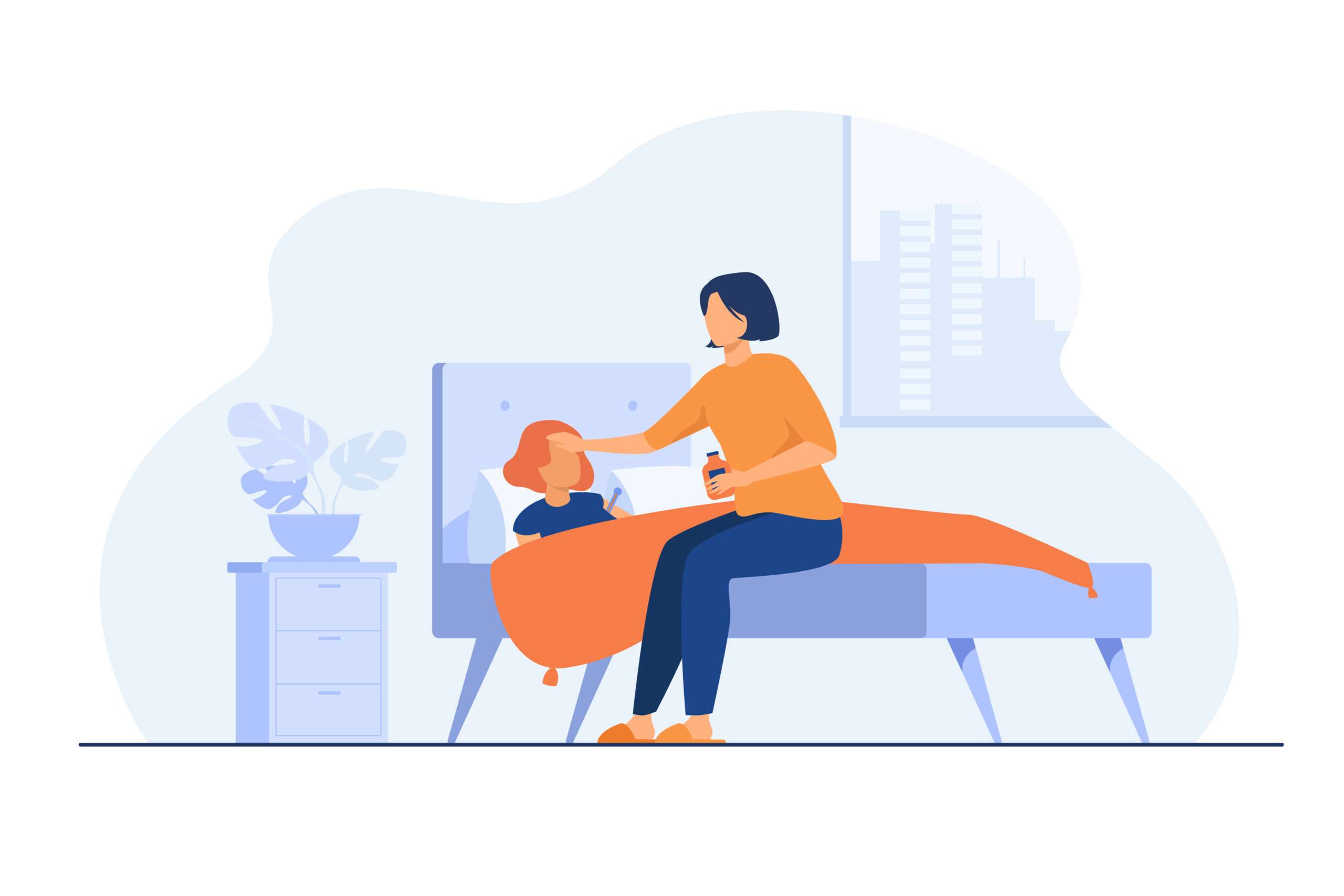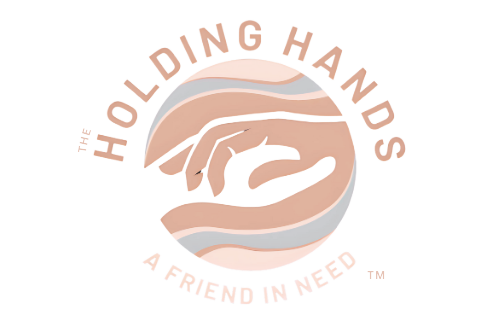
Signs of self harm in children can be terrifying for parents to discover. Finding out that your child might be hurting themselves is scary. You might think, “It’s just a phase,” or worry that talking about it could make things worse. Maybe you feel ashamed or blame yourself. You might even feel lost, not knowing where to turn for help. These feelings are normal, but it’s important to face them. Signs of self harm or depression symptoms are serious and need attention. If you’re struggling with how to handle this situation, connect with our best psychologist here.
Table of Contents
ToggleThis blog will help you understand the identifying self harm Signs and what to do next. You’ll learn how to talk to your child without making things worse, find out where to get professional help, and discover ways to support your child. Remember, you’re not alone. With the right steps, you can help your child find healthier ways to cope. Let’s start this journey together.
Recognizing the Signs of Self-Harm
As per research,recognizing the self harm behavior is the first step in helping your child. Here are some common symptoms to look out for:
Physical Signs of self harm:
- Unexplained cuts, bruises, or burns: These might appear on your child’s arms, legs, or other parts of the body. They could be hidden under clothing.
- Wearing long sleeves or pants in hot weather: This can be a way to hide injuries.
- Frequent accidents or injuries: If your child often has “accidents” that lead to injuries, it could be a sign of self harm.
Behavioral Signs of self harm:
- Withdrawal from friends and family: Your child might spend a lot of time alone and avoid social activities.
- Changes in mood or behavior: They might seem more anxious, depressed, or irritable than usual.
- Avoiding activities they once enjoyed: Losing interest in hobbies or activities they used to love can be a sign of self harm and distress.
Psychological Signs of self harm:
- Expressions of hopelessness or worthlessness: Your child might talk about feeling useless or hopeless.
- Talking about self-harm or expressing a desire to escape from problems: Pay attention if they mention self-harm or seem overwhelmed by their problems.
- Increased secrecy or isolation: If they become more secretive or isolated, it could be a way to hide their behavior.
Understanding the Underlying Causes
Understanding why your child might be engaging in self harms that can help you to support them better. Here are some common reasons:
Emotional and Psychological Factors:
- Coping with stress, anxiety, or depression: Many young people turn to self-harm as a way to deal with overwhelming emotions.
- History of trauma or abuse: Past experiences of trauma or abuse can lead to self-harming behavior as a coping mechanism.
Social and Environmental Factors:
- Peer pressure or bullying: Negative interactions with peers can increase stress and lead to Signs of self harm.
- Problems at school or home: Difficulties in school or conflicts at home can contribute to feelings of helplessness or frustration.
How to Approach Your Child
Talking to your child about these Signs can be difficult, but it’s important to approach them with care and understanding. Here are some tips:
Creating a Supportive Environment:
- Ensure open communication: Let your child know that you are there to listen without judgment.
- Urge them to open up about what they’re feeling and what they’ve been through.
- Avoid judgmental language: Be careful with your words. Avoid blaming or criticizing them for showing that behavior.
Choosing the Right Time and Place to Talk:
- Find a calm and private setting: Choose a time and place where your child feels safe and comfortable.
- Be prepared for their reaction: Understand that your child might react with anger, sadness, or denial. Stay calm and patient.
Staying Calm and Patient:
- Listen without interrupting: Let your child express themselves fully before you respond. Show that you are there to understand, not to judge.
- Show empathy and understanding: Acknowledge their feelings and let them know that you care about their well-being.
Approaching your child in a supportive way can make it easier for them to open up about their struggles. It can also help build trust and create a foundation for ongoing support. If you need further guidance, connect with our experienced psychologists here.

Professional Help and Resources
If you notice consistent Signs of self injury in your child, it’s important to seek professional help. Here are some guidelines on what to look for and where to find assistance:
When to Seek Professional Help:
- Immediate Intervention Needed: If your child has severe injuries, talks about suicide, or seems extremely depressed, you should seek help right away. Get help right away by calling emergency services or taking them to the closest hospital.
- Consistent Signs of Self-Harm: If you notice repeated Signs of self harm or if your child talks about hurting themselves often, it’s time to get professional help.
Types of Professionals Who Can Help:
- Therapists and Counselors: These professionals can provide your child with a safe space to talk about their feelings and learn healthier coping mechanisms. They use various techniques like cognitive-behavioral therapy (CBT) to help your child understand and manage their emotions and address the Signs of self harm.
- Psychiatrists: They can evaluate if your child needs medication to help manage their emotions and behaviors. Psychiatrists can prescribe medications like antidepressants if necessary, especially when the Signs of self harm are severe or associated with other mental health conditions.
- School Counselors: They can offer support within the school setting and help coordinate with outside resources. School counselors can also help address any school-related issues contributing to your child’s distress.
Preventive Measures and Ongoing Support
Research says that, Supporting your child through recovery involves encouraging healthy habits and providing ongoing support. Addressing self harm behavior early can make a big difference in their recovery process. Here are some ways to help your child develop healthier coping mechanisms and maintain progress:
Encouraging Healthy Coping Mechanisms:
- Physical Activities and Hobbies: Encourage your child to engage in activities they enjoy, like sports, arts, or music. These can provide positive outlets for their emotions and help them develop new skills, reducing the likelihood of recurring self harm injuries.
- Mindfulness and Relaxation Techniques: Teach your child mindfulness practices like meditation, deep breathing exercises, or yoga. These techniques can help them manage stress and stay calm. Mindfulness can also help your child become more aware of their emotions and how to handle them depression symptoms.
Building a Strong Support Network:
- Family Involvement: Make sure your child knows they have a strong support system at home. Spend quality time together and encourage open communication. Family activities and routines can provide stability and a sense of security, helping to decrease the feeling of overwhelmed.
- Peer Support: Help your child connect with friends or peers who have positive influences. Encourage involvement in group activities or clubs where they can meet supportive friends. Positive social interactions can boost your child’s self-esteem and provide a sense of belonging, reducing the self harm symptoms.
Monitoring Progress and Staying Involved:
- Regular Check-Ins: Have regular conversations with your child about how they are feeling and how things are going. Let them know you are there for them and that you care about their well-being. This will help you stay on top of any recurring self harm injuries.
- Celebrating Small Victories: Acknowledge and celebrate your child’s progress, no matter how small. This can boost their confidence and encourage them to keep moving forward. Recognizing their efforts and improvements can make a big difference in their recovery process and reduce the occurrence o.
Conclusion
Recognizing and addressing Signs of self harm in your child is a challenging journey, but it’s one that you don’t have to face alone. By being aware of the self harm indicators helps in, understanding the underlying causes, and knowing how to approach your child with compassion and support, you can make a significant difference in their life. Remember to seek professional help when needed and to use available resources to guide you through this process.
Your involvement and support are essential in helping your child find healthier ways to cope with their emotions and build a brighter future. Early intervention is key, and with your love and support, your child can overcome this difficult time. Encourage open communication, provide a safe and supportive environment, and be patient as your child navigates their feelings and learns new coping strategies to prevent future self harm signs.
It’s important to stay vigilant and proactive. Regularly check in with your child about their feelings and progress, and celebrate their small victories along the way. Your consistent support and encouragement can help them feel valued and understood, reducing the need for depression symptoms as a coping mechanism.
